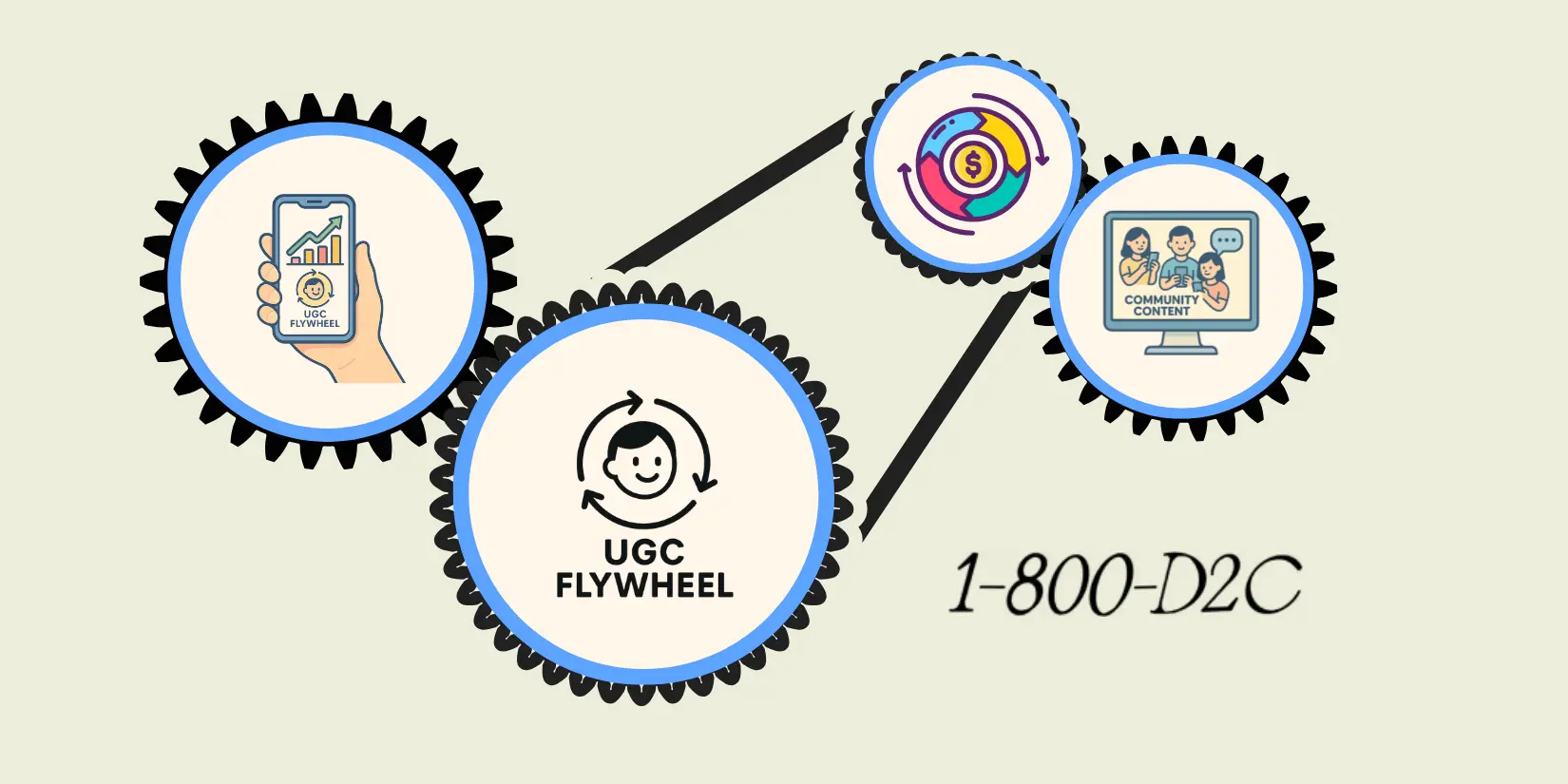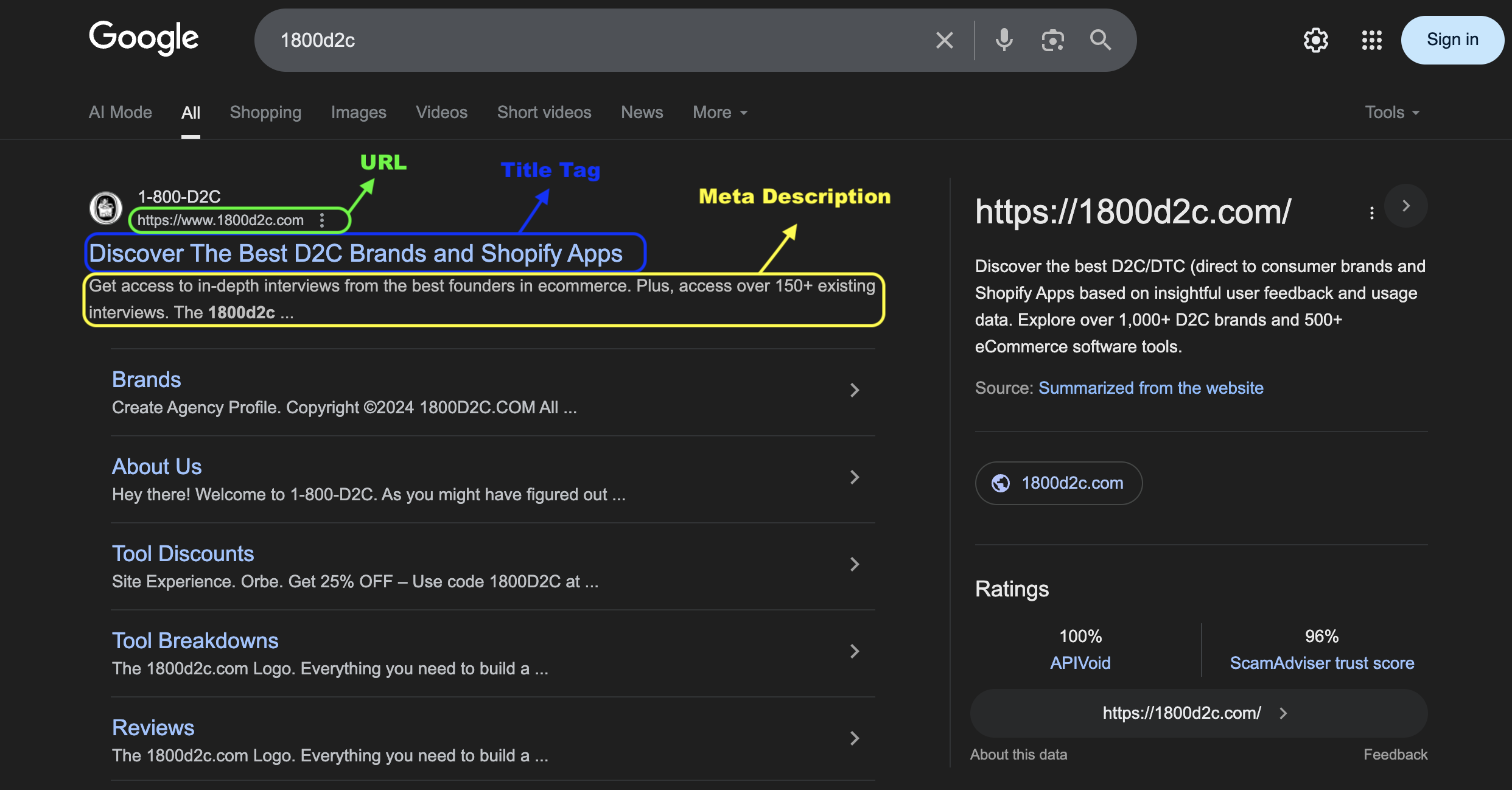Let’s skip the fluff: “User-generated content” (UGC) isn’t just a nice-to-have anymore, it's become the engine that powers retention, acquisition, and even product innovation for D2C brands. But if your vision of building a UGC machine looks anything like a stack of costly influencer contracts and one-off hashtag campaigns, you're setting yourself up for failure.
[cta-btn title="Build Your Brand And Become A Member" link="/membership-pricing"]
Here’s the operator’s blueprint for spinning up a high-RPM, cost-effective UGC flywheel—one built on community, authenticity, and tactical aesthetic creativity, not endless budget outlays.
Why Budget-Friendly UGC Is the Next Non-Negotiable
Standard branded content is officially out of gas. DTC marketing leaders know: polished videos age in weeks, and paid ad fatigue hits harder with each campaign cycle. Meta’s algorithmic preferences amplify this pain. Not only does duplicated content get penalized; even trivial tweaks (think: minor color grading, or the background changing from beige to taupe) don’t count as “fresh” anymore.
Brands need creative pipelines with real diversity.
- Algorithms love volume: The more content variants you push, the more runway Meta (and every other network) has to identify winners before draining your budget.
- Authenticity beats polish: Customers see through high-gloss ads. “Human-forward” content—shot on phones, featuring real buyers—routinely outperforms big-budget creative across CTR and ROAS.
Data proves it: User-led creative drives 3–4x better conversion rates, with nano-influencers (1–5K followers) outperforming the glossy macro cohort.
[single-inline-tool]
The Three Pipelines of Modern Creative
A true UGC “flywheel” is a self-feeding loop. That means constructing three creative pipelines that reinforce each other, each with unique levers for scale:
1. Customer Generated Content (CGC):
Start with your own buyers—especially those who’ve stuck with you for 2+ months. These customers know the product, love the product enough to share, and have zero agenda beyond telling a good story.
How to level up CGC:
- Incentivize contributions with store credit, exclusive access, or even “co-creator” status. Micro-rewards like letting contributors name a new colorway often outperform cash.
- Provide clear, specific prompts (“Tell us how you use [Product] every morning”) so customers aren’t left guessing.
- Show real examples—reduce friction and make requests via post-purchase flows (email/SMS) so UGC requests feel like a natural part of the journey, not an afterthought.
2. User Generated Content (UGC) Production:
Here’s where you get strategic. Source creators from TikTok, Instagram, or established platforms—but don’t treat this as a fire-and-forget campaign.
UGC scaling checklist:
- Send detailed briefs—regulatory guidelines, technical specs, must-use talking points, and multiple hooks for testing.
- Build feedback loops: Keep relationships going with top creators, refining their output with real data.
- Prioritize unique, unscripted testimonials and highlight authentic product use, not fake unboxings.
3. Influencer Generated Content (IGC) via Seeding:
This pipeline is about planting seeds, not chasing waterfalls. Product seeding (gifting without expectation) can yield organic posts for a fraction of traditional influencer fees.
Seed strategically:
- Target micro and mid-tier influencers with aligned values—a mass outreach of 500 seeding packages typically turns into 30 organic posts.
- Secure usage rights to repurpose high-performing content across your channels.
- Focus on relationship-building—transactional influencer relationships are expensive and rarely yield genuine content.
10 Under-the-Radar UGC Flywheel Tactics That Don’t Torch Budget
Applying the above at the macro level? Here’s how to operationalize the approach day-to-day, without putting your finance lead on speed dial.
- Plant “surprise share” moments: Bury fun, unexpected touchpoints into the customer journey (a personalized animation at checkout, a one-click order montage). People love sharing authentic delight—it travels further than any paid hashtag.
- Front-load the camera icon: Make it stupid-simple to share. Place selfie/record buttons on pages where hands already hover (checkout, tracking, unboxing). Every click you remove is a multiplier on UGC volume.
- Reward with status, not just cash: Titles like “co-creator,” early access, or the chance to influence the brand mean more (and cost less) than $10 coupons—and they consistently drive higher participation.
- Automate permissions with a rights-opt-in hashtag: Use a branded “#OKBrand” hashtag for auto-clearance. Behind the scenes, set up simple workflows (think: Zapier + Notion/Squarespace) to harvest, catalog, and deploy these assets with zero weekly admin.
- Curate, don’t just collect: Highlight the best weekly community content everywhere—stories, newsletters, your site’s visual gallery. The message: “Your content lives here; your voice matters.”
- Recruit nano-influencers as unpaid editors: Micro-fans love vetting content for product credits/Beta access. Their curation? 3–4x higher clicks than from macro talent, and all for the price of coffee.
- Turn one UGC asset into three: Turn a single customer video into a silent GIF ad, a website hero, and an email background. Recycling = a 2–3x boost with no additional production spend.
- Build “challenge ladders” (not contests): Weekly prompts keep your community engaged and submissions rolling in (“share an unboxing,” “remix a peer’s video”). The result: submissions quadruple over the typical “one big giveaway” contest.
- Celebrate in public, instantly: Use a live Notion/Webflow “hall of fame” that instantly features tagged posts. Customers see their face, get a dopamine hit, and—crucially—share the win.
- Measure what actually matters: Ditch vanity likes. Track your submission-to-sale ratio (UTMs, post-purchase surveys). Knowing “that TikTok = 17 orders” is how you get your budget back (and tear down internal skepticism).
Making the UGC Flywheel Spin (and Scale)
None of this works without process discipline and smart incentives. The tactical answer: systematize every touchpoint and review it like an operator, not an “engagement” chaser.
Key operational moves:
- Audit your existing creative—what’s already working? Where are the gaps?
- Launch influencer seeding and CGC requests with tight creative briefs.
- Test new UGC by channel and ad type; analyze performance and scale up what sticks.
- Schedule bi-weekly creative refresh cycles—keep assets fresh, community engaged, and the flywheel spinning.
Technology matters, but only as a multiplier:
- Even basic tools (Zapier, Squarespace, Notion, Gumloop) let you automate UGC flows, permissions, and curation—no need to commit to pricey SaaS until scale demands it.
- As content volume grows, layer on personalization and analytics tools to sharpen performance.
The Community Multiplier: Going Beyond Content
The ultimate UGC flywheel is bigger than content accumulation—it forges an identity around shared community.
- Invest in understanding your “core communities” and not just by age or location, but through cultural values and motivations.
- Spotlight hero products that naturally drive talk and share. The sweet spot: 2–3 products generating 30%+ of your UGC.
- Ground your messaging in authentic brand stories customers will retell, with founder-led narratives and plainspoken (not buzzword) language.
The Takeaways for Success: Operator-First, Budget-Smart UGC
Don’t let “content treadmill” thinking keep your spreadsheet in the red. With a scrappy creative strategy, minor process tweaks, and radical community visibility, even early-stage brands who've just launched can build a sustainable, always-on UGC flywheel that’s light on spend and heavy on authentic growth.
Want creative compounding instead of content chaos? Start planting seeds, automate the boring, and let your best fans (and their stories) accelerate your next growth milestone.
[inline-cta title="Discover More With Our Resources" link="/resources"]
Frequently Asked Questions for UGC Flywheel For D2C Brands
Why Is Budget-Friendly UGC Non-Negotiable?
Standard branded content is officially out of gas. Authenticity beats polish: Customers see through high-gloss ads.
What Are The Three Creative Pipelines Of Modern UGC?
A true UGC “flywheel” is a self-feeding loop. That means constructing three creative pipelines that reinforce each other, each with unique levers for scale.
How Do You Level Up Customer Generated Content?
Incentivize contributions with store credit, exclusive access, or even “co-creator” status. Provide clear, specific prompts (“Tell us how you use [Product] every morning”) so customers aren’t left guessing.
What Is Strategic Influencer Seeding?
This pipeline is about planting seeds, not chasing waterfalls. Product seeding (gifting without expectation) can yield organic posts for a fraction of traditional influencer fees.
What UGC Metrics Actually Matter?
Measure what actually matters: Ditch vanity likes. Track your submission-to-sale ratio (UTMs, post-purchase surveys).




